A portal through to happier times: the Royal Jubilee Bells in the Queen’s Diamond Jubilee Pageant, June 3, 2012
Armed with a press pass for the riverside in Battersea Park, I wandered through the ill-timed June drizzle to have a look at the preparations for the most spectacular pageant to be seen along the Thames in recent times.
Seven years ago all kinds of boats were organised to celebrate HM the Queen’s sixty years on the throne and to thank her for her service to the country. But then I hadn’t learnt much about the different kinds of boats that ply the Thames, I was there for the bells. The Jubilee Bells and their part in the pageant.
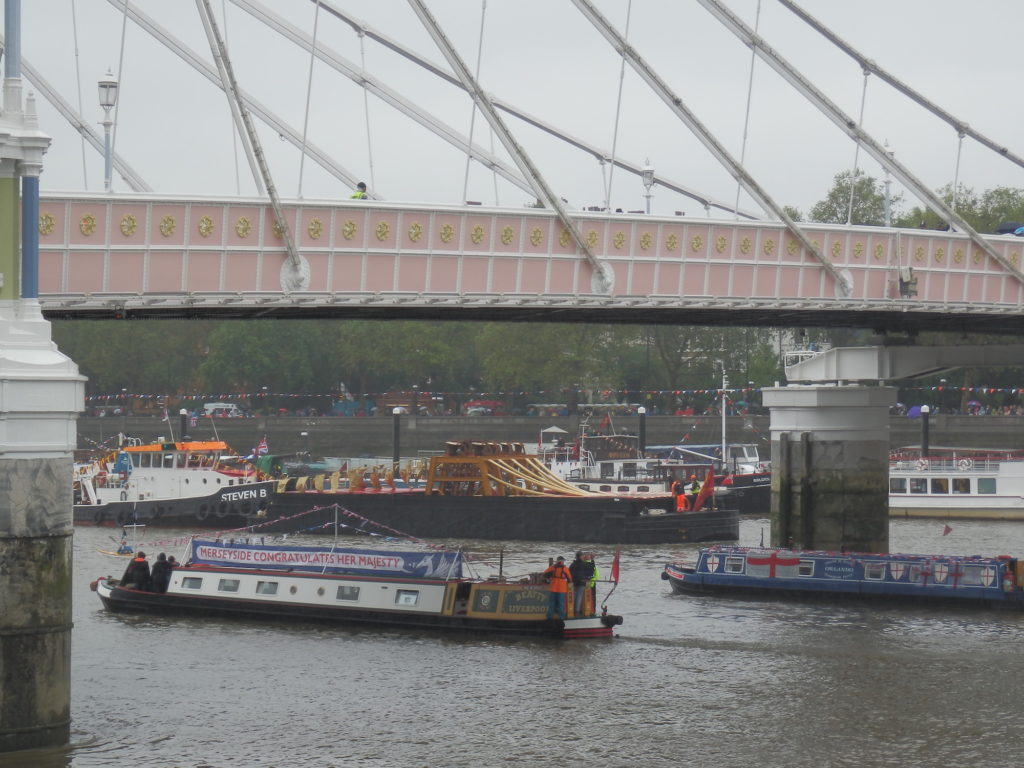
However, looking through past pictures for this piece, I was pleased to spot tug Steven B, whom I’ve seen many times since. She was designated to push Bennett’s barge Ursula Katherine downstream with her precious cargo of Jubilee Bells and eight ringers positioned below, led by Captain of the Royal Jubilee Bells, Dickon Love. They were to lead the flotilla with their bells sounding out along the river, something that had never happened before, to be answered by the riverside churches, cathedrals and Westminster Abbey as they passed, then echoed throughout London and the country. Inspired by this evocative and imaginative element of the pageant, I decided to try to photograph as many of these as I could before the event.
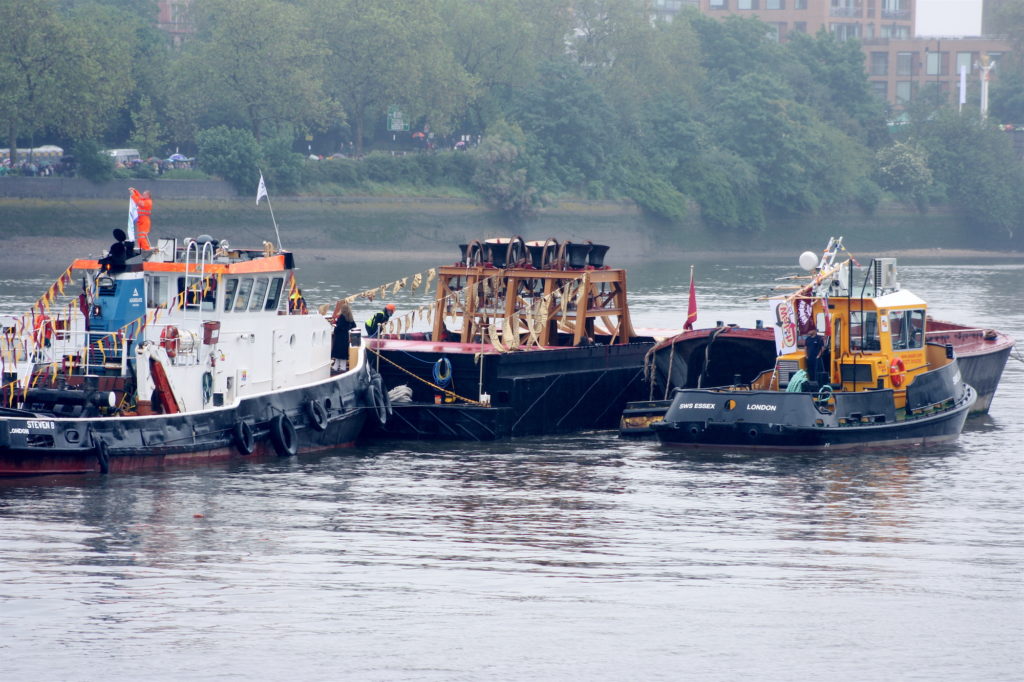
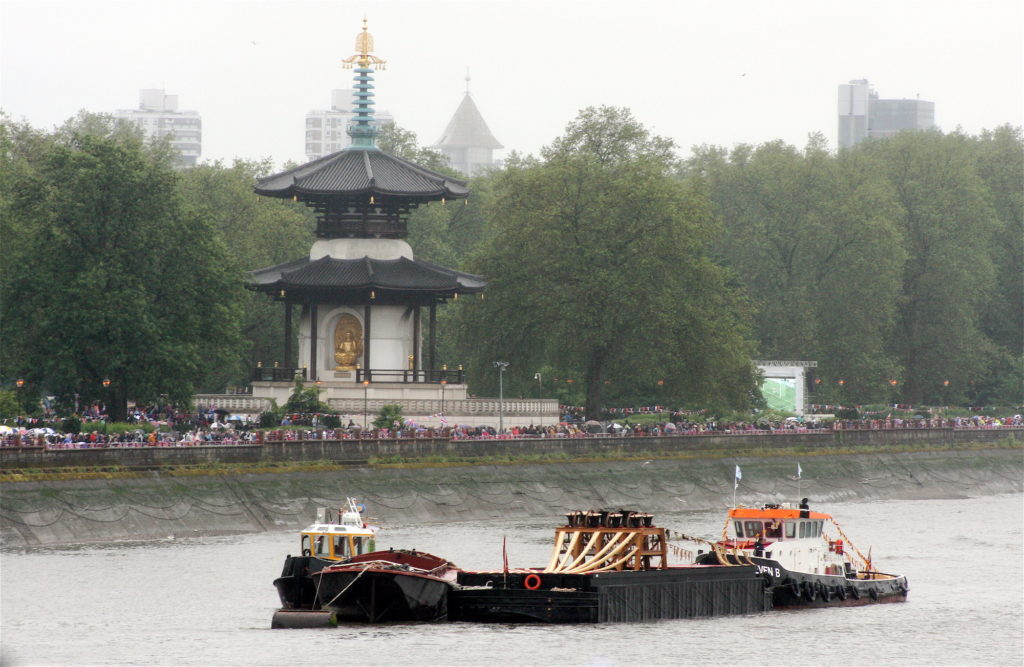
So on a few bright days before the pageant I set off with my camera. I began at All Saints Fulham, a mustering point for some of the boats that took part in the flotilla, though the official start was at Albert Bridge. Since then their bells have been repaired by the famous Whitechapel Bell Foundry, in London, sadly now under threat from an inappropriate development as a “bell-themed” hotel.
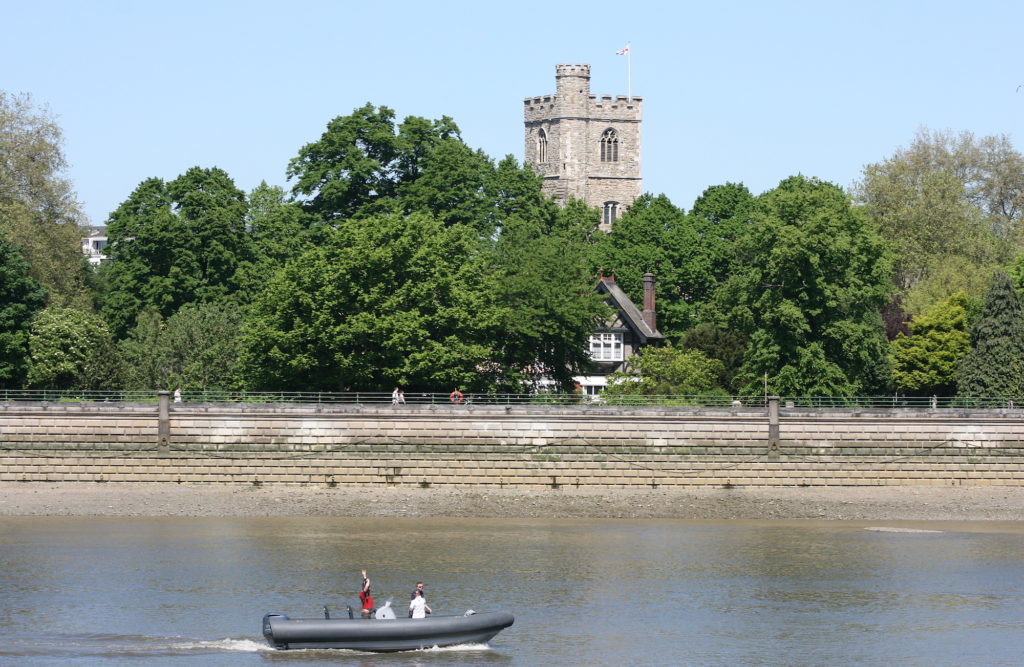
On the opposite side of the river stands St Mary’s, Putney, from where it was possible to watch the gathering of some of the boats taking part. After an arson attack in 1973 their bells were recast by John Taylor & Co, of Loughborough, and the new peal was dedicated in 1983.
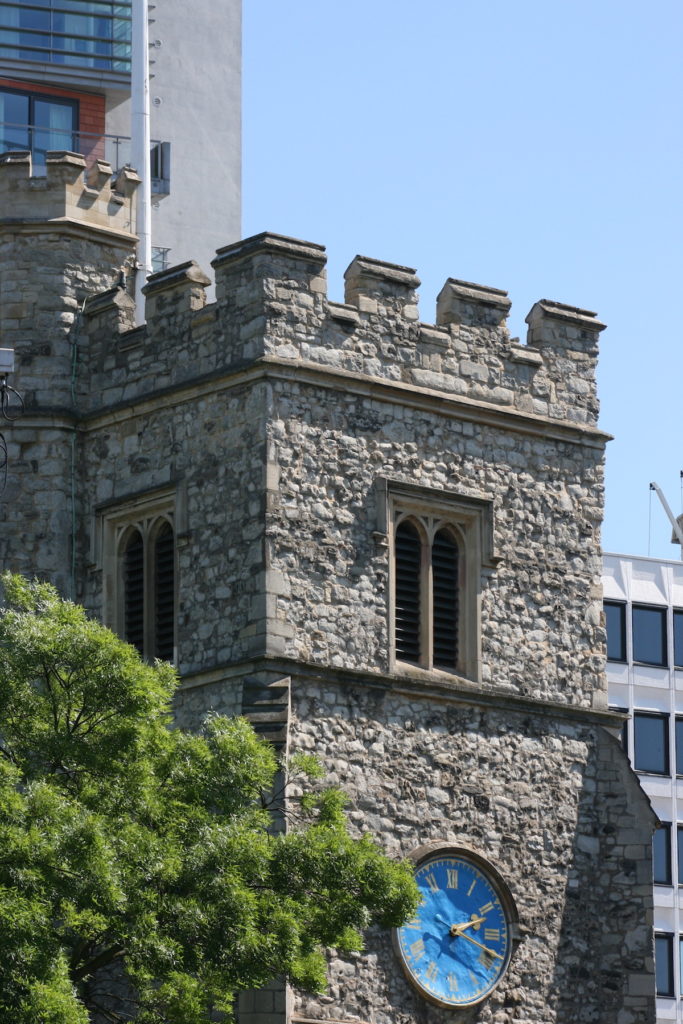
The present ring of the Chelsea Old Church bells was installed in 1977 by the Whitechapel Bell Foundry. The bells were funded by various donors but I liked the fact that the treble bell was given by the members of the Children’s Service and their families, the children having raised money by doing odd jobs at home or for others.
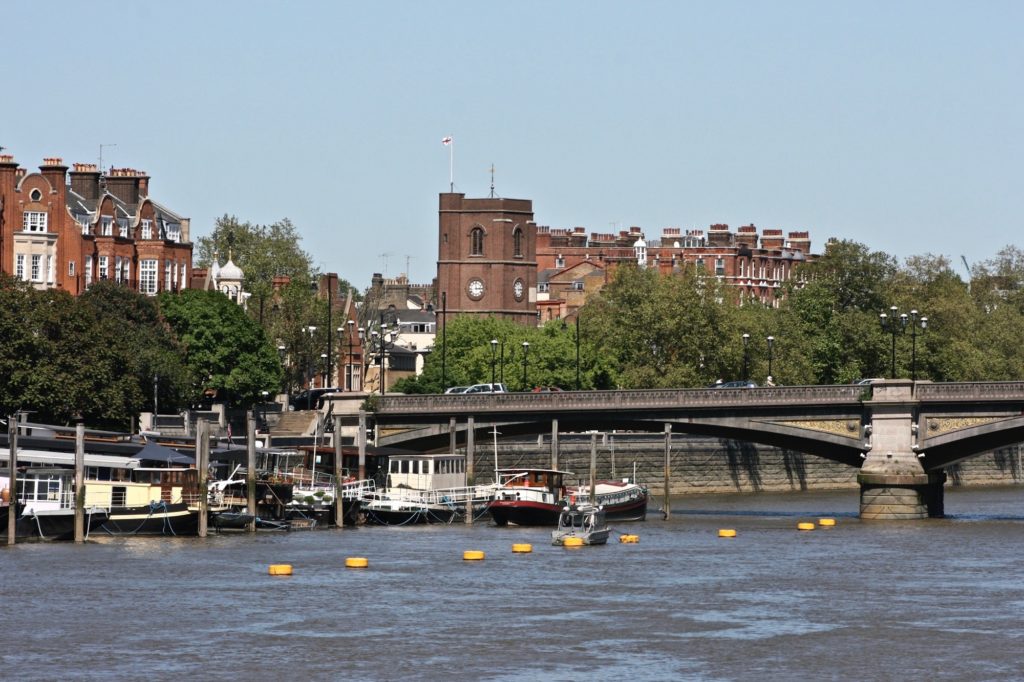
St Mary’s Battersea has a fine tradition of bell-ringing. Their original ring was cast by Thomas Janaway of Chelsea and after his death in 1788, his tools and equipment were bought by William Mears at the Whitechapel Bell Foundry.
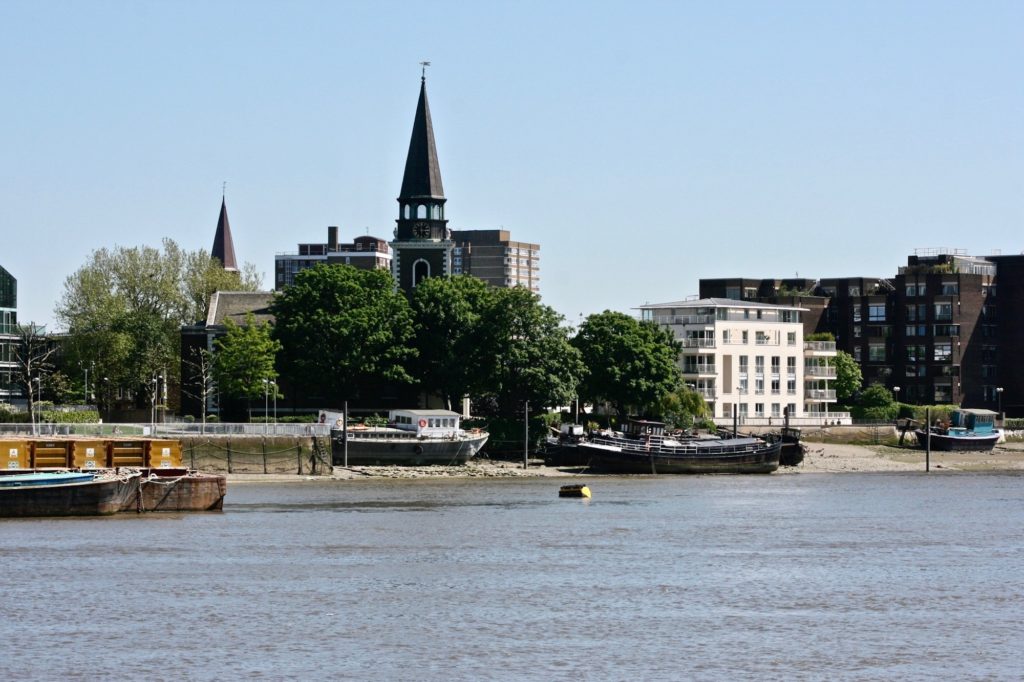
Further downstream Westminster Abbey, so much a part of our national history, and St Margaret’s Westminster, joined in the celebration. St Margaret’s bells have fallen temporarily silent as the church is under restoration. Westminster Abbey has had a long association with the Whitechapel Bell Foundry and its present ring was cast and dedicated in 1971.
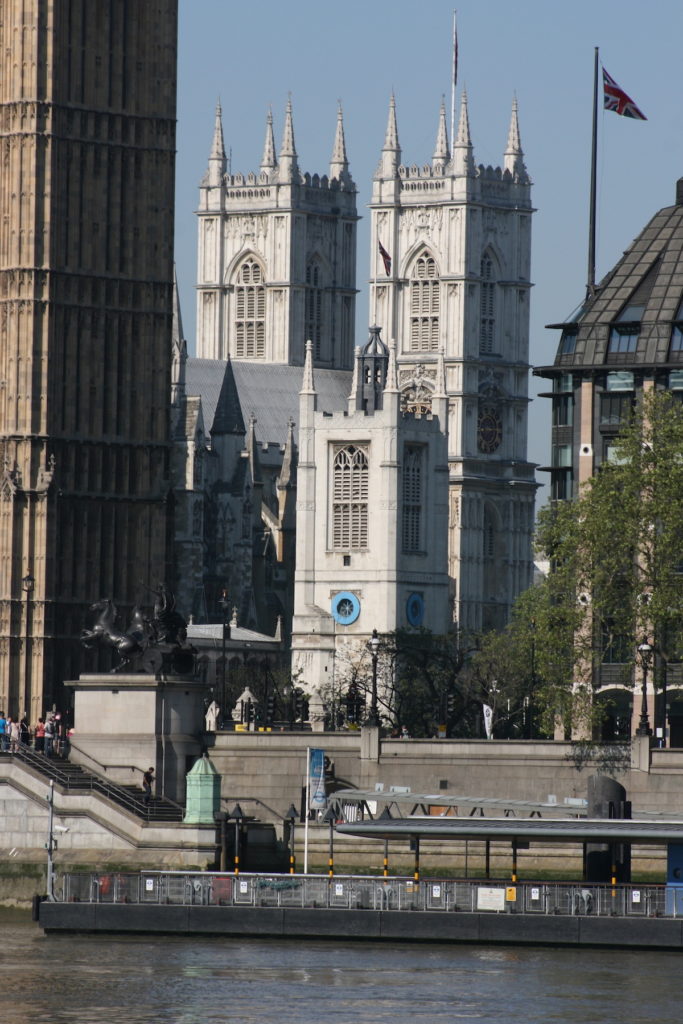
As the flotilla passed St Paul’s Cathedral, a specially composed peal was rung to celebrate the occasion. In 2018 the bells were taken down and transported for cleaning and servicing to John Taylor & Co, where they were originally cast in 1878.
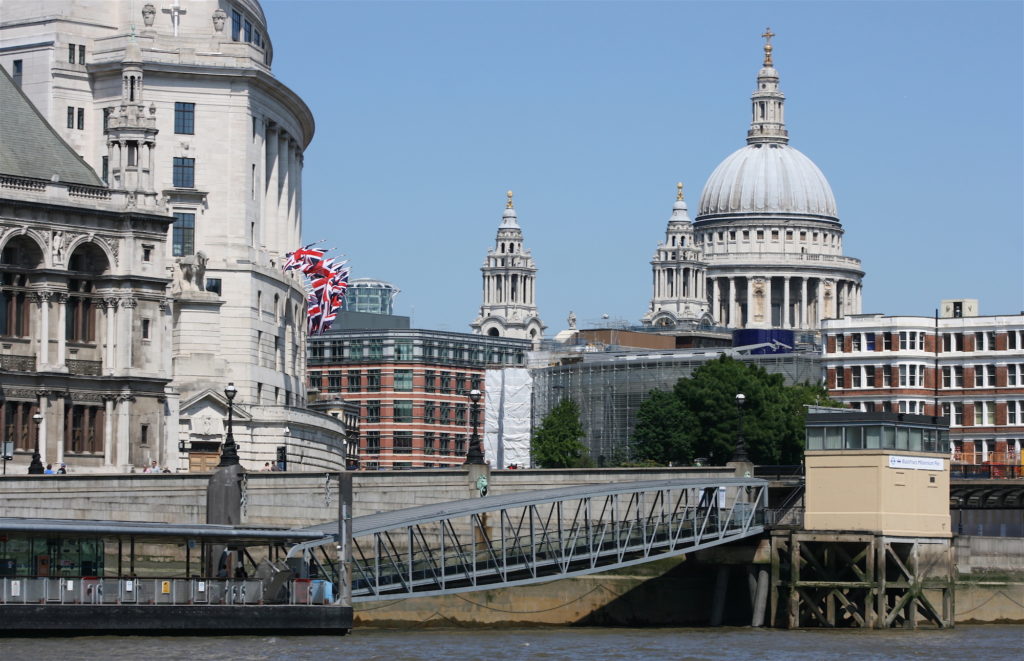
St. James Garlickhythe is the permanent home for the Jubilee bells after their starring role in the pageant. They were dedicated on June 17, 2012 and installed out of sight in the tower, from where they were rung for the first time on July 4.
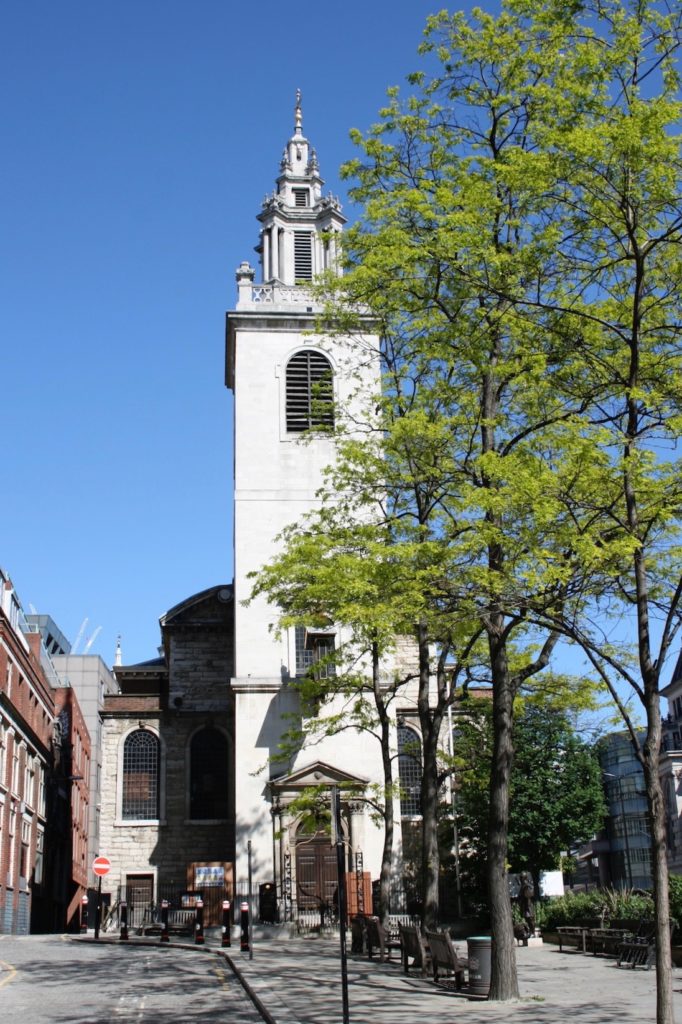
The passing Jubilee flotilla would have caught a quick glimpse of Southwark Cathedral and heard a part of their specially composed peal rung for the first time. The cathedral has a long tradition of bell-ringing and their bells have recently been restored by John Taylor & Co.
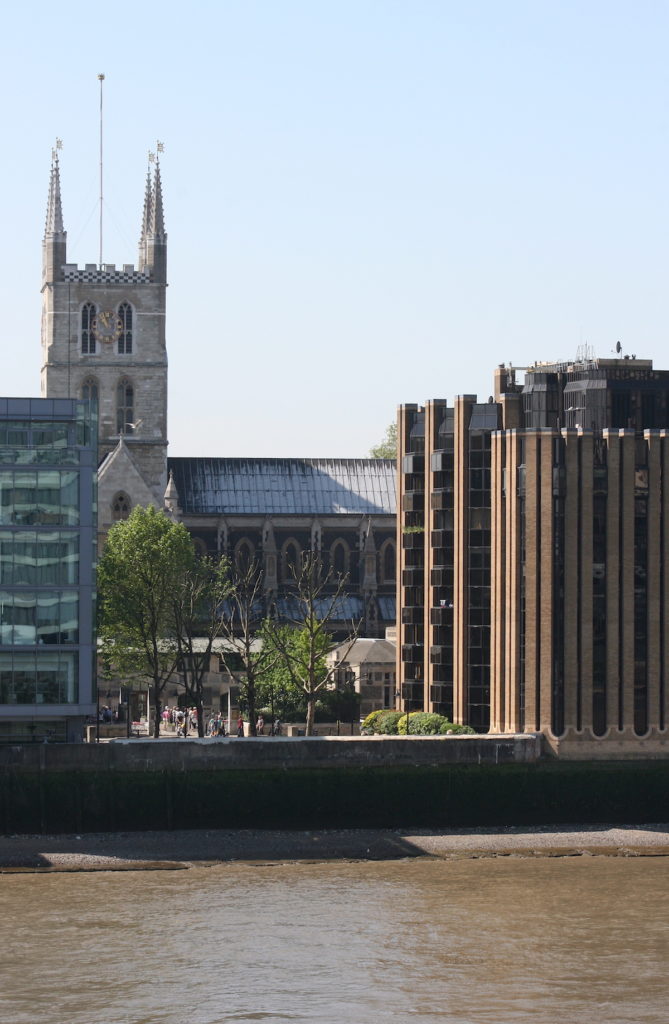
Almost hidden from view, the bells of St Magnus the Martyr answered the peal of the floating belfry as it passed by. After a chequered history with bells in the past, the bells now in place were cast by the Whitechapel Bell Foundry between 2008 and 2009 and dedicated on October 26, 2009.
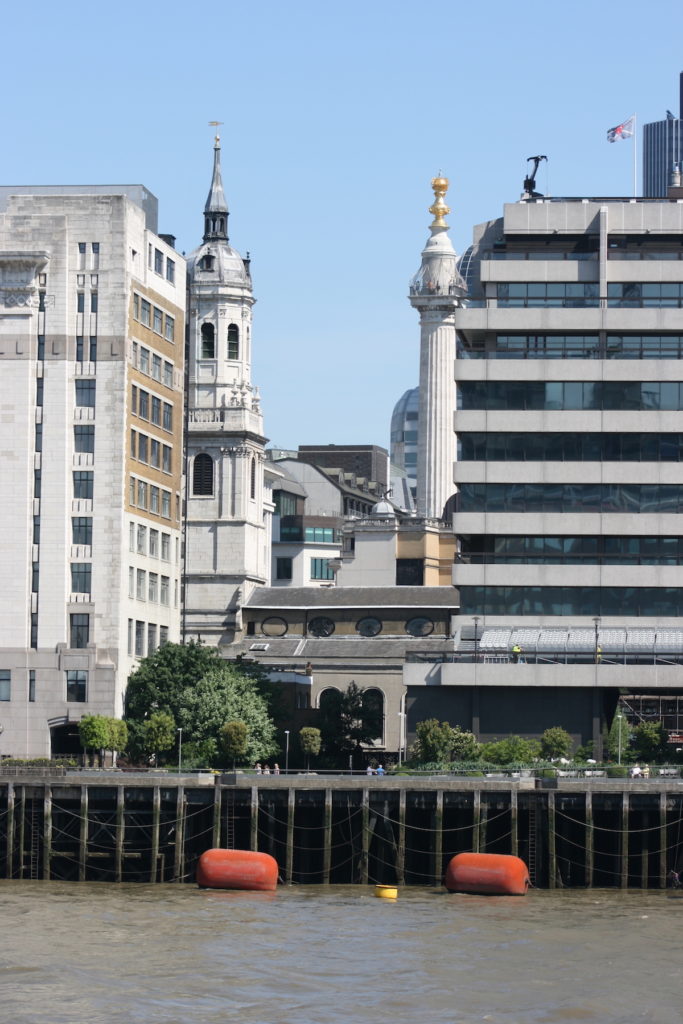
The carillon bells of All Hallows by the Tower, set a little back from the river, joined in the joyous chorus of sound with a rendition of God Save the Queen. They were cast by John Taylor & Co, in 1947 after their bells had been totally destroyed during the Blitz.
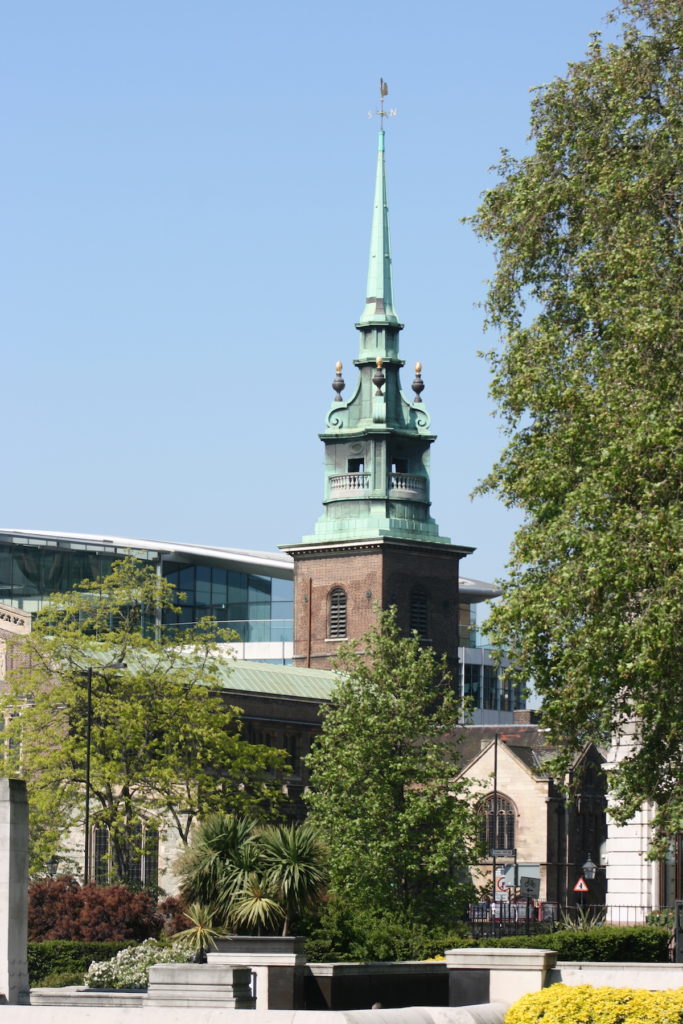
Just below Tower Bridge, where the tall-masted boats unable to pass under the bridges upstream were anchored in the Avenue of Sail, stands the church of St Mary with All Saints, Rotherhithe where there is a strong tradition of bell-ringing.
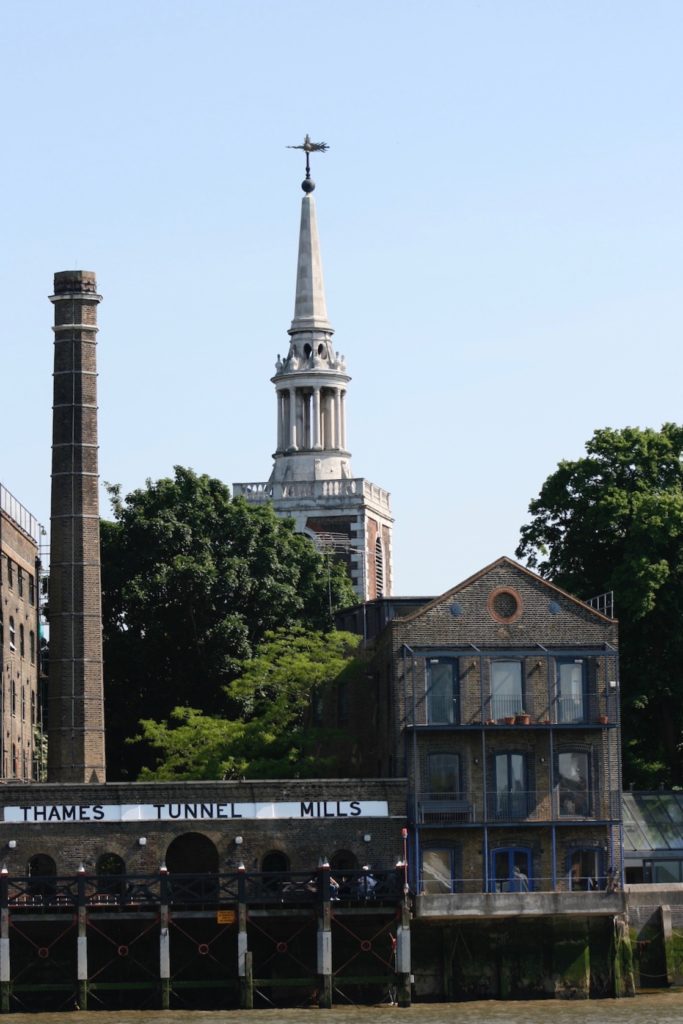
The idea of a floating belfry came originally from the Diamond Jubilee Pageant Trust. Unable to fund such a venture themselves, the Trust approached the Whitechapel Bell Foundry to see if there was already a ring of bells due to be cast for a City Church to commemorate the Queen’s Diamond Jubilee, which they could borrow for the pageant before their installation.
The timing was right: the church of St. James Garlickhythe had just taken the decision to order a new ring of bells. Between them, with the help of others, Sir Andrew Parmley, who became Lord Mayor of London 2016–17, and expert Dickon Love, author of a guide to church bells of the City of London, brought the plan to fruition.
The Jubilee Bells were cast by the Whitechapel Bell Foundry between February and March 2012 and are named after senior members of the Royal Family and together with other inscriptions on Prince William’s Bell, the words “Dickon Love put us here” will be an enduring testament to his tireless work on behalf of the City of London’s Bells and their history. Famous for the making of Big Ben and the Liberty Bell, many of the Whitechapel Foundry’s bells, along with those of John Taylor & Co., could be heard from the banks of the Thames as the Queen’s Diamond Jubilee Pageant sailed past. Now plans for the Whitechapel Bell Foundry’s demise after over four hundred and fifty years, have been narrowly passed by the Tower Hamlets Council. In its place will stand a ‘bell themed boutique hotel’ described by protestors as “cultural vandalism”. In these days of thoughtless, easy come, easy go fashion, I wonder how long that will last… Probably nothing like five hundred years.
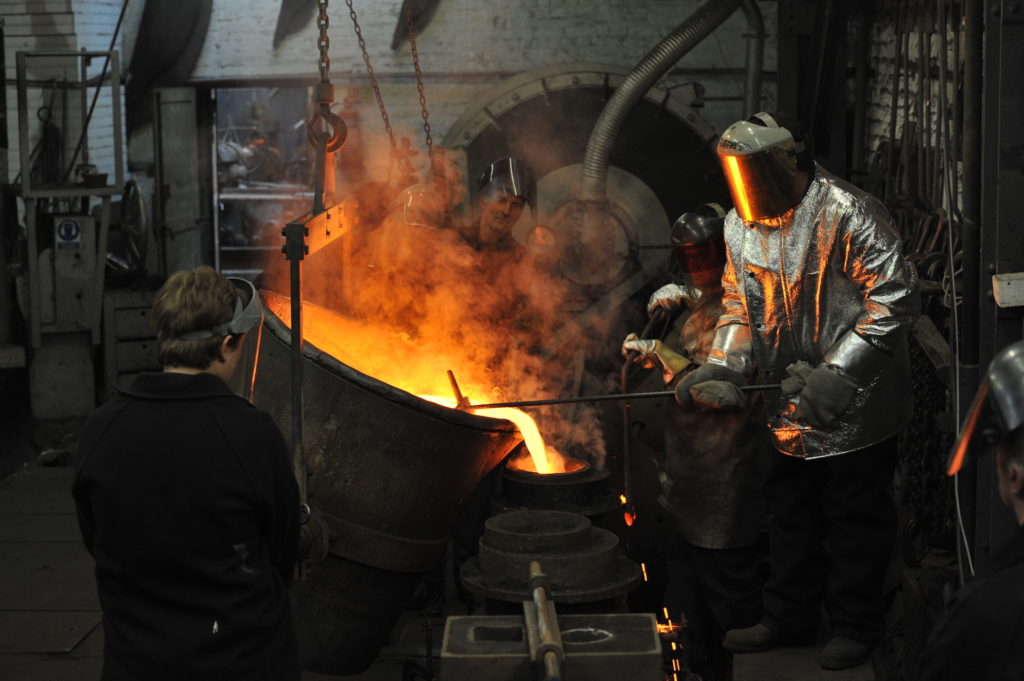
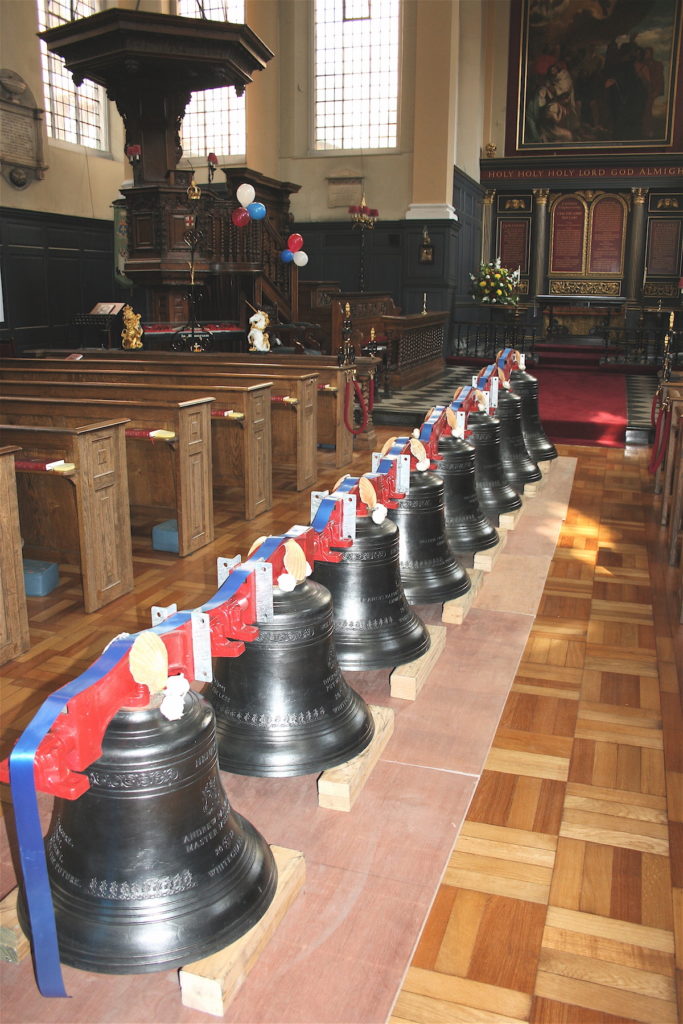
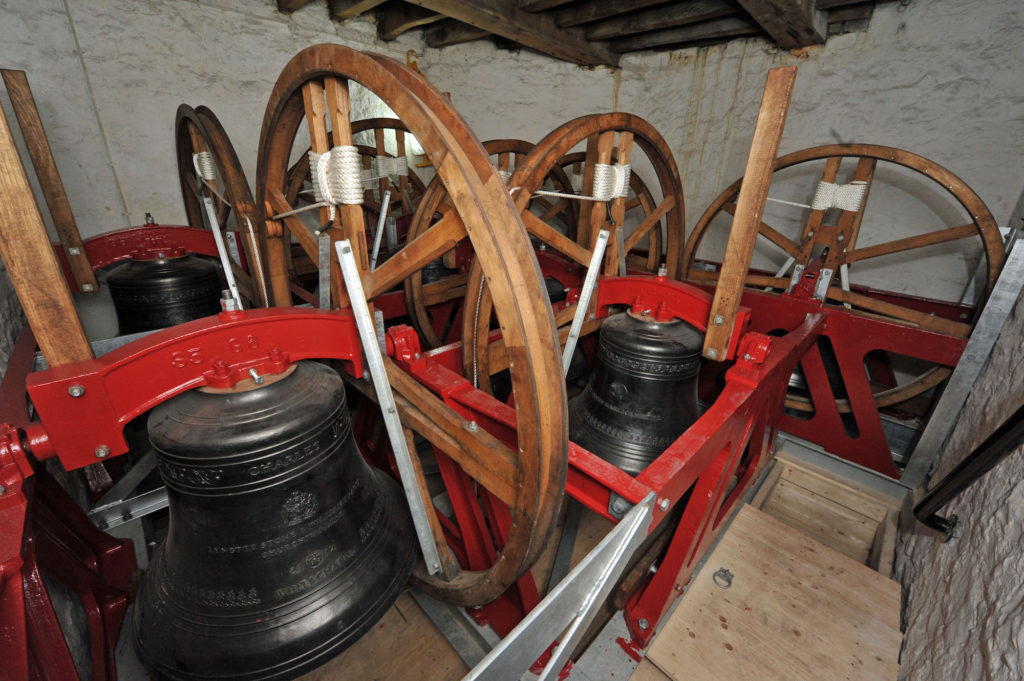
For further information:
Read the Gentle Author’s account of his visit to St. James Garlickhythe to see the Jubilee Bells.
Film: the story of the making of the Jubilee Bells with Sir Andrew Parmley, Dickon Love, and others.
Thanks to John Sutton who kindly gave me permission to use his photographs.